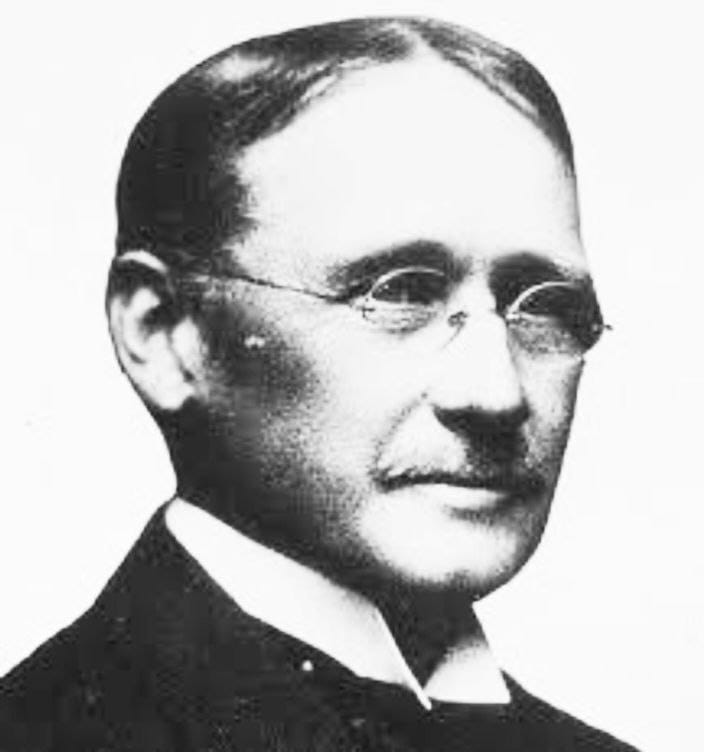
The Scientific Management Theory, developed by Frederick Winslow Taylor in the late 19th and early 20th centuries, is one of the earliest approaches to management and organizational theory. Taylor’s principles of scientific management aimed to increase efficiency and productivity by systematically studying and optimizing workflows. His theory had a significant influence on industrial practices during the early 20th century and laid the foundation for modern management practices. Here’s an examination of the key components:
Key Principles of Scientific Management
- Time and Motion Study:
- Taylor introduced the idea of breaking tasks down into smaller, simpler components and analyzing the time and motions required to complete each. By doing so, managers could identify the most efficient way to perform a task.
- He believed that there is one “best way” to complete any task and that this can be discovered through scientific study.
- Standardization of Work:
- After determining the most efficient methods, Taylor advocated for the standardization of these methods across the workforce. This meant that all workers would follow the same optimized procedures to achieve maximum efficiency.
- Division of Labor:
- Taylor’s theory emphasized a clear division between the planning of work (a management task) and its execution (a worker’s task). Managers were responsible for thinking and planning, while workers were to follow instructions precisely.
- This division led to a more hierarchical and specialized structure within organizations.
- Incentive-Based Compensation:
- Taylor believed that workers should be motivated by financial rewards. He introduced a piece-rate system where workers were paid based on their productivity. Those who exceeded their quotas were paid more, encouraging efficiency.
- Selection and Training of Workers:
- Taylor emphasized the scientific selection of workers based on their skills and abilities. He believed that workers should be trained and developed systematically to ensure they are suited for their specific tasks.
- Cooperation between Workers and Management:
- Taylor believed in a close, cooperative relationship between workers and management, with managers helping workers to perform their tasks more efficiently. This would ensure that both parties benefited from increased productivity.
Impact of Scientific Management
- Industrial Efficiency: Taylor’s methods led to significant productivity improvements in industries like manufacturing, especially in factories like the Ford Motor Company, which applied his principles in assembly line production.
- Formalization of Management Practices: Scientific management provided a structured approach to management that emphasized rationality, data, and objective decision-making, laying the foundation for future management theories.
- Criticism and Limitations:
- Dehumanization of Workers: Critics argue that Taylor’s theory reduced workers to mere cogs in a machine, treating them as interchangeable parts of a production process rather than as individuals with unique talents and needs.
- Overemphasis on Efficiency: The focus on efficiency and standardization often came at the cost of creativity and flexibility. Workers had little autonomy or input in their tasks, which could lead to dissatisfaction and alienation.
- Ignores the Social Aspect of Work: Taylor’s theory paid little attention to the social dynamics of the workplace. His assumption that workers are motivated purely by money was later challenged by the Human Relations Movement, which recognized the importance of social factors and worker well-being.
Legacy of Scientific Management
Taylor’s theory remains foundational in the study of management and operations. While modern organizations have moved beyond the rigid application of his principles, many of his ideas, such as the importance of data-driven decision-making, time studies, and performance-based rewards, continue to influence fields like operations management, engineering, and human resources.